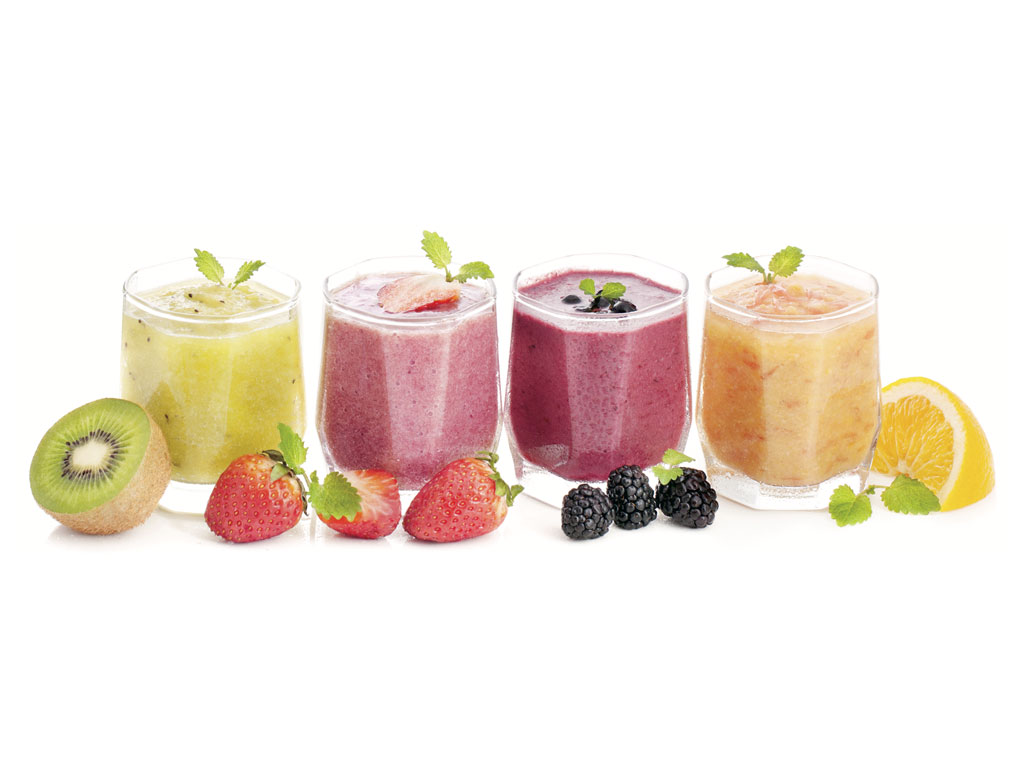by Emilie Moy
Today more than ever before, it is easy for children to stray from the path of healthy living, which means they don’t always get the nutrition they need. Because of unhealthy eating habits, children become overweight and some even experience childhood obesity at a young age. Studies have shown that parents are given more responsibility than ever to ensure that their children are get- ting balanced and healthy meals. According to Dr. Aarian Marshall from the Centers for Disease Control and Prevention, more than one third of America’s children and adolescents were overweight or obese in 2012. He says that the percentage of obese children ages 6-11 have more than doubled over the past three decades, according to a 2012 study.
Many communities and parents have implemented solutions to live a healthier life by creating playgrounds and encouraging after-school sports, however, it is important that parents play an integral part in helping their child eat healthy foods. A well-balanced and nutritious diet gives children the brainpower and focus they need to get through the school day. Studies have shown that children who eat a well- balanced breakfast every morning are 75% more focused and concentrated in school than those who don’t.
Missing a meal can cause your child to experience loss of focus and extreme tiredness, as it doesn’t support her with the proper nutrition she needs. After school, it is important to feed your child healthy snacks to supply her with enough energy for sports, extracurricular activities and homework—without a grumbling tummy! Healthy snacks are foods that keep your child full while cutting out unhealthy ingredients such as excessive sugar and sodium and are low in saturated and trans fat. That’s not to say that your child’s diet should mirror an adult’s diet. Children need more calories and healthy fats to grow strong and build their muscles.
It’s no surprise to many parents that healthy eating starts in the kitchen. If you like to cook your child dinner each night, make sure they are eating a “colorful” plate, meaning they are getting an ample helping of foods of all different colors. This ensures that they are getting the nutrients they need from a diverse range of foods. Children should always have a serving of carbohydrates (pasta, rice, grains), protein, and nutrient-rich vegetables. Though some children may be picky eaters, it is recommended to find alternative foods that they enjoy that still contain the proper nutrients. The following are some healthy foods and alternatives to keep around your kitchen for after-school snacking.
Fruits and Veggies
Many parents witness their child rejecting fruits and veggies and reaching for the chocolate chip cookies for their after-school snack. It helps to mix up fruit and veggies with other kinds of nutritious and tasty foods to complement them. Apples with peanut butter, celery with some honey and nuts and yummy fruit smoothies are delicious snacks that give your child their daily dose of fruits and veggies.
Strawberry Banana Yogurt Smoothie
- 1 cup strawberries
- 1 banana
- 2 cups nonfat strawberry yogurt
- 3/4 cup nonfat milk
Green Smoothie
- 2 cups chopped kale or spinach
- 1 cup chopped pineapple
- 1 banana
- 1/4 cup orange juice
Triple Berry Smoothie
- 1 cup blueberries
- 1/2 cup strawberries
- 1/2 cup raspberries
- 2 1/2 cups nonfat vanilla yogurt or nonfat milk
- 1 banana (optional)
Healthy Alternatives
If your child is like most, he loves to snack on cookies, brownies, cupcakes and anything that usually has a significant amount of sugar and is high in unhealthy fats.
Some alternatives to traditional cookies are oatmeal-based cookies or bars that contain whole oats and less sugar. Your child can easily grab a bar on the way to sports practice or before heading to a dance rehearsal. Some food bars are designed to give your child the energy he needs to participate in high-intensity sports and exercise.
A healthy alternative to peanut butter is almond butter, which is higher in protein than peanuts and lower in sugars and fats. When cooking for your child, it is not recommended that you use a lot of unnecessary butter. Using olive oil is a healthier choice.
Adequate nutrition will give your child the boost he needs to focus in school and still have enough energy to excel in after-school enrichment programs and completing homework. Next time, instead of letting your child reach for the bag of chips, offer her a delicious strawberry banana smoothie!
Healthy After-School Snack Recipes
Ants on a Log
- 5 stalks of celery
- 1/2 cup peanut or almond butter
- 1/4 cup raisins
Cut the celery stalks in half, spread peanut butter and sprinkle with raisins for a whimsical treat.
Cheese and Fruit Kabobs
- Kabob sticks
- Cheddar/American cheese squares
- Strawberries, Kiwi, Banana
Cut the fruit, and place them with the cheese squares on the stick.
Banana Bread
- 2-3 ripe bananas
- 1-1/2 cups all-purpose flour
- 1 teaspoon baking soda
- 1 teaspoon vanilla extract
- 1/4 teaspoon salt
- 1/3 cup melted butter
- 3/4 cup sugar
- 1 egg, beaten
In a bowl, mash the bananas with a fork. Add the melted butter. Mix in the baking soda, salt, sugar, beaten egg and vanilla. Once smooth, mix in the flour. Pour the batter into a loaf pan, and bake for an hour at 350 degrees. Check the center with a tester to make sure the bread is fully baked.





